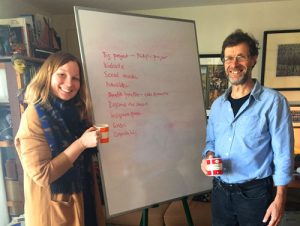About
Protected areas are now found in virtually every country in the world and cover all kinds of biomes, ecosystems and geographies. Protected areas already cover something like 15.4 per cent of land surface and a small but rapidly growing area of coastal and marine ecosystems. Most have been set up in the last 50 years. The rapid advance in protected area designation has been a response to the catastrophic rate of loss of natural ecosystems, and the services they provide.
Although protected areas are mainly established to protect biodiversity and to facilitate nature conservation, many also provide a range of important ecosystem services: food and water security, disaster risk reduction, provision of health benefits and as a tool to help mitigate and adapt to climate change.
While these benefits come from any functioning natural ecosystem, protected area systems have the advantage that they are already established as efficient, successful and cost effective tools for ecosystem management, with associated laws and policies, management and governance institutions, knowledge, staff and capacity. They contain the only remaining large natural habitats in many areas. Opportunities exist to increase their connectivity at landscape level and their effective management so as to enhance the resilience of ecosystems and safeguard vital ecosystem services.
The WCPA Natural Solutions Specialist Group acts as a forum and information exchange; develops technical guidance for practitioners and policy makers; seeks to increase recognition of ecosystem services, particularly those maintained by protected areas; and encourages research. Whilst voluntary, commission specialist groups also provide a way for members to get together to develop larger projects if they wish.

Marianne Kettunen and Nigel Dudley: the leads of the WCPA Natural Solutions Specialist Group.
Members of the group [coming shortly]

